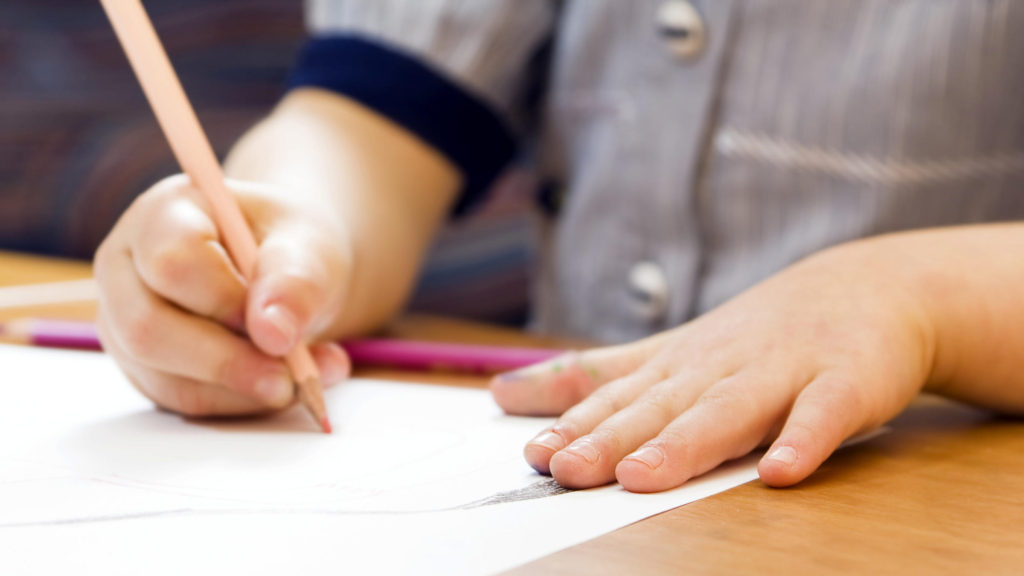
Although dyspraxia is fairly common, most people have never heard of the condition. Children with dyspraxia may have difficulty performing physical tasks such as speaking, jumping or gripping a pencil. Dyspraxia may also affect a child’s social skills, and kids with dyspraxia may act immaturely even though they usually have average or above average intelligence.
What is Dyspraxia?
Dyspraxia affects co-ordination, spatial awareness and sensory perception. It is part of an umbrella of conditions known as specific learning differences which are defined as exceptional variations in a person’s ability, as well as problems with concentration and short-term memory. Dyspraxia affects between 2% and 6% of the population, meaning there’s likely to be at least one person with the condition in every school class or workplace. Around 70% of those affected are male.
Researchers believe that the condition may have a genetic component. Current research suggests that it is due to an immaturity of neuron development in the brain rather than to brain damage. This interferes in some way with the messages that the brain sends to the body, though the exact mechanism is not known. It usually occurs in children who have had a difficult birth–either being born prematurely or with low birth weight. It can be accompanied by other learning disorders such as dyslexia or ADHD.
Dyspraxia can affect children in a variety of ways:
- Communication – Children may have difficulty pronouncing words
- Emotional / behavioral skills – Children with the disorder may have difficult in social situations and can become easily frustrated and overwhelmed.
- Academics – School work can be difficult for kids who have trouble with the physical process of writing
- Life skills – e.g., performing routine tasks like brushing teeth or buttoning a shirt
Warning Signs & Treatment
While the symptoms of dyspraxia may vary depending on the age of your child, they generally start be seen early in life. Understood.org provides a breakdown of the most common symptoms by age, beginning at the toddler stage and progressing through high school. It is important to monitor and record any of these symptoms so you can share them with your child’s doctor.
A general practioner or primary care physician will probably need help from a specialist to make a diagnosis of dyspraxia. These specialists might include occupational therapists, child health specialists (paediatricians), physiotherapists, clinical psychologists, neurologists and educational psychologists. An assessment can be made to determine whether a child has missed the usual milestones of development, and identify any issues with co-ordination and motor skills.
There is no medication to treat dyspraxia at this time. Treatment usually consists of a mix of occupational therapy, perceptual motor training, and speech therapy.
Childhood dyspraxia: James’ story



Penny Doherty
From 1996 to 2004 I had a day school and research center for students who learn differently. I successfully educated more than 300 students who were failing in all parts of their lives…in school, at home, with their peers, etc.
Almost all my students had Dyspraxia. To counter this problem, we taught our students how to type and use a computer. I have developed a typing program that does not focus on timing but on completion of a daily lesson. Computers allow a person to use a different part of the brain than they would if they used a pencil or pen. Using the repetition of the typing program and by saying each letter out loud as a student learns to type, not only provides an alternative to printing but also helps to strengthen the frontal lobe of the brain. This solves the problem of messy work, reduces the child’s frustration and puts them on a level playing field with children without learning differences.